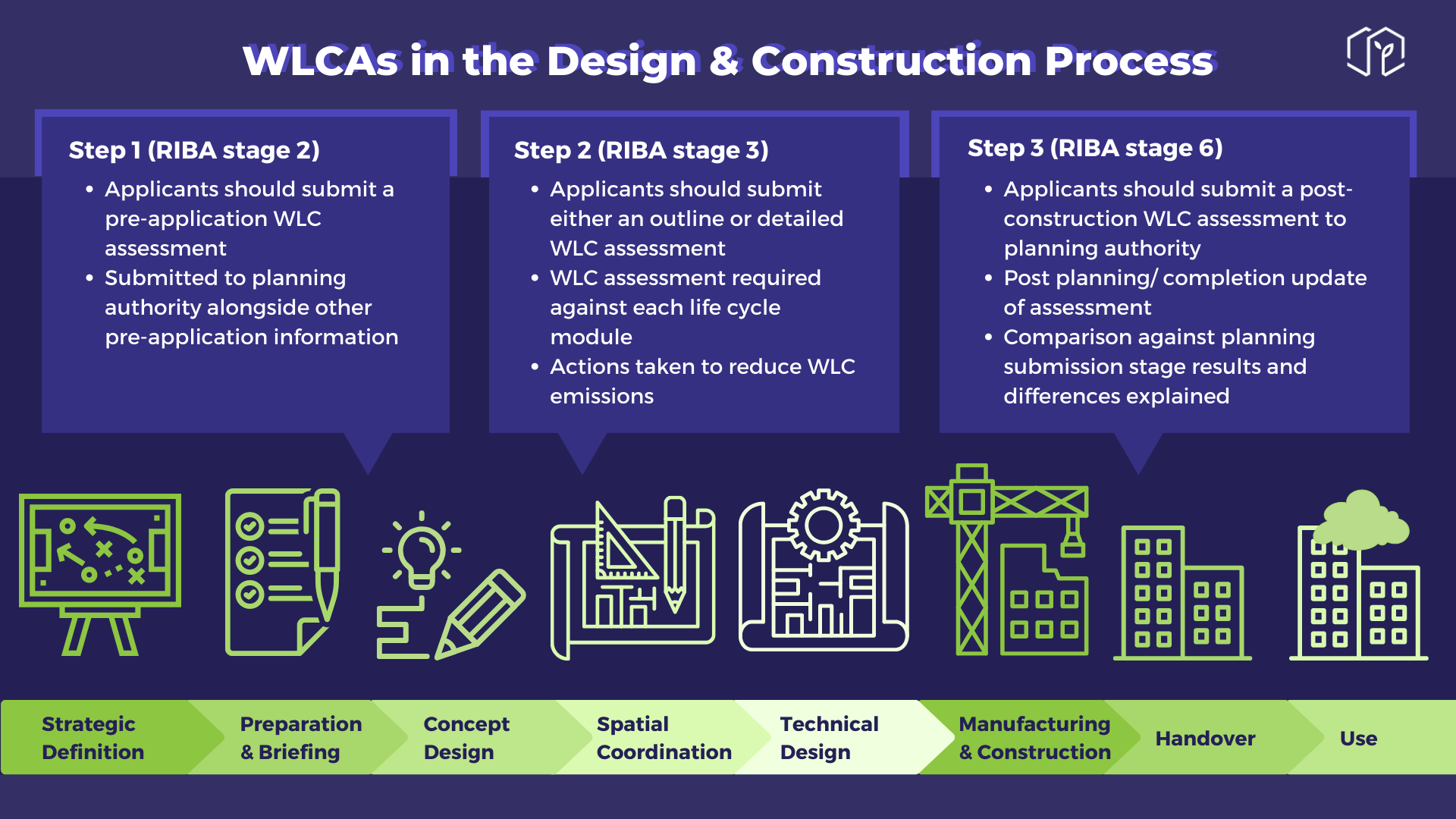Whole Life Carbon Assessments - The When and Where
Read Time 4 mins | Written by: Alex Bantock
The built environment is facing increasing pressure to reduce its carbon footprint. To do this, we need to measure, understand, and minimise the impacts of our design and construction decisions from a Whole Life Carbon (WLC) perspective. This, in turn, requires multiple iterative Whole Life Carbon Assessments (WLCAs).
This sounds straightforward enough; but unfortunately, it is rarely done in practice, unless deemed mandatory for planning permission purposes. This places planning authorities in a unique position as gatekeepers of the built environment's embodied and operational carbon, as they control what goes up and what comes down. And indeed, Planning authorities around the globe are beginning to steer us towards a future where Whole Life Carbon Assessments (WLCAs) are no longer optional, but a mandatory standard.
An early adopter of such progressive standards is the Greater London Authority (GLA), who's commitment to environmental sustainability is evidenced by their rigorous requirements for WLCAs in both the design and construction stages. By mandating WLCAs at three different stages, the GLA aims to encourage a sector-wide shift towards lower carbon designs. This is a substantial stride towards reshaping construction norms, which other global entities are closely observing and will soon follow.
When to expect a WLCA
Based on the globally recognised RIBA Plan of Work, WLCAs are set to be integrated into stages 2, 3, and 6 of a building project's planning permission requirements - which cover the concept design, spatial coordination (developed design), and handover (post-construction) stages respectively.
However, with the right tool(s), it is not as daunting as it sounds and can be tackled using a 3-step approach: 
Step 1 (RIBA Stage 2 WLCA)
Stage 2, the concept design phase, is where the seed of a project's WLCA is planted and includes an early-stage estimate of the building's embodied carbon, informed by the initial design, choice of structural system, and material selection. This stage forms the crux of carbon considerations, setting the overall vision and targets of the project. An early-stage WLCA here paves the path to achieving low-carbon design goals downstream and underscores the project's commitment to sustainability.
Preoptima for Concept-Stage Whole Life Carbon Assessments
Step 2 (RIBA Stage 3 WLCA)
Next comes Stage 3, the spatial coordination (or developed design) stage, where initial concepts evolve into detailed designs and an updated WLCA is required. As designs become more defined, the WLCA becomes more precise, providing a clearer image of the project's carbon profile. Undertaking a WLCA here ensures that the project remains on track with set carbon targets and that any misalignment is promptly addressed with actions defined prior to progressing to the construction stage - by which point there is little hope of lowering the project's carbon impact.
Step 3 (RIBA Stage 6 WLCA)
Finally, Stage 6, the handover stage marks the completion of construction. Submitting a WLCA here allows for a comprehensive review of the project's carbon performance as an as-built asset. This final WLCA that provides a complete account of the building's embodied carbon, factoring in the operational, maintenance, and end-of-life stages. In addition, any deviations from the projected embodied carbon identified in stages 2 and 3 must be documented and explained.
What Lies Ahead
The global shift of planning authorities underscores the significance of decarbonising the built environment and there is no denying that the pressure is building. However, it is not a cause for panic, but a call for preparedness. With the right tools, undertaking a WLCA at RIBA stages 2, 3, and 6 is far from an insurmountable task. Moreover, it sets the foundation for what will most likely be further downstream requirements, with WLCAs possibly required for major refurbishment and retrofit projects or to demolish a building.
With the world of sustainable construction evolving, think of it as an exciting time to be a part of a well-informed and carbon-based transition.
We'd love to hear from you!
